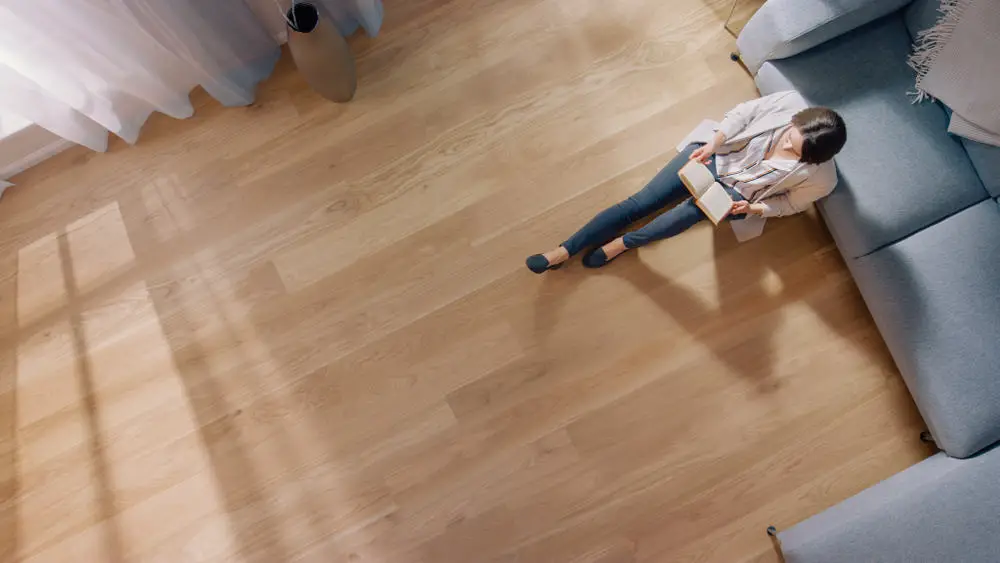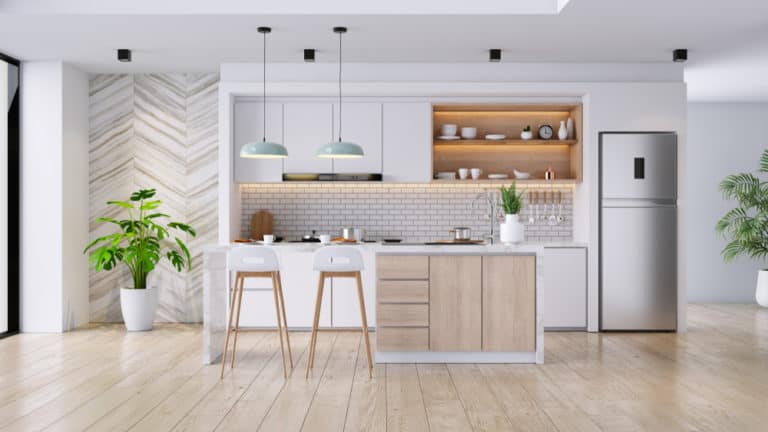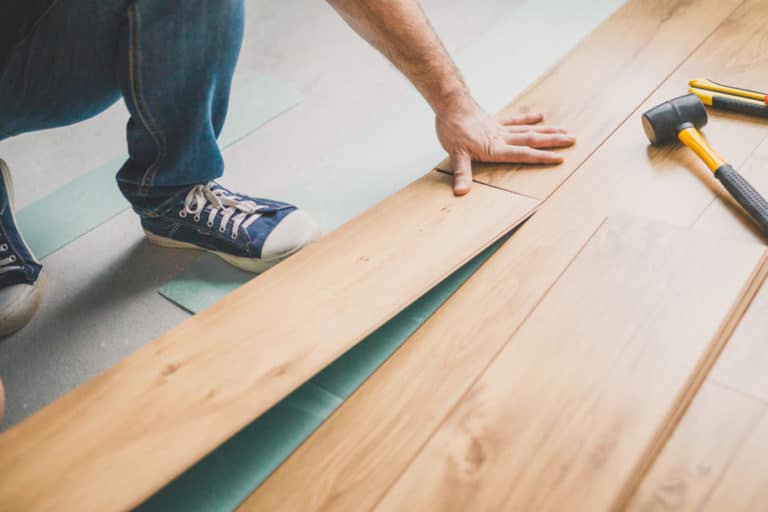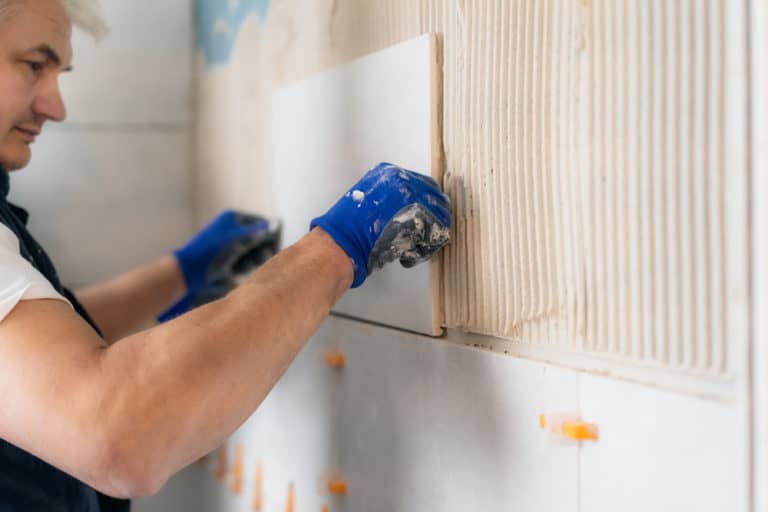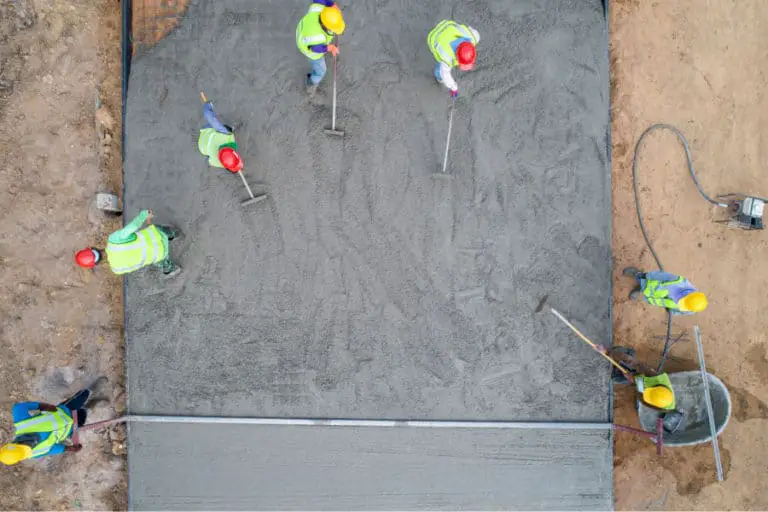Is It OK To Use The Same Flooring Throughout The House?
If you are thinking about renovating your home, then you know that choosing the right kind of flooring can be a major challenge. I had to renovate my home a while back, and one of the first questions I asked my contractor was if it was OK to use the same flooring throughout the house?
When you are redoing your home, choosing the right flooring can be difficult, but you can use the same flooring throughout the house. If you use the same flooring in all the rooms, it will tie the rooms together and make the house look cohesive and elegant, and it will make the house look bigger.
It’s not easy to choose flooring in your home, and you are always left wondering if you need to use the same flooring in all the rooms or if you can break up the look of the house. I didn’t know much about this topic, so I talked with my contractor to get his expert opinion on the matter. I wanted to share the information I found in this post.
Can You Use The Same Flooring Throughout The House?
When you are renovating your home, flooring is an essential part of the renovation. Your floors will help determine the theme, color scheme, and style of your home. Floors are also the first thing anyone notices when they first see the inside of a house.
The big question is if you can use the same flooring in all the rooms in your home? According to experts, you can use the same flooring in all the rooms of your home, but you need to keep the bathrooms in mind when you do.
Tiles are the best and longest-lasting flooring to use in the bathroom, so depending on the type of floor you choose, you need to remember the bathrooms might differ from the rest of the home. Different homes and scenarios have different answers to this question, and we will look at a few of these in detail below.
The Style Of Your Home
The style of your home has got a lot to do with the flooring you choose. You need to consider the layout of your home when deciding if you want to use the same flooring throughout the entire home or if you want to use more than one type of flooring material.
When you use the same flooring, it will create a seamless appearance. The architectural integrity of the home ( the way the house was built) can play a role in the flooring you choose.
For example, if you have a house with multiple levels, you can choose to use different flooring for each level but keep the general theme the same and don’t vary too much in style and color between the levels.
Choosing wood floors for all the levels of your home will work well; you can use the same wood on all the levels or vary slightly in color to give each level its own unique style while still keeping the overall theme of your home.
The Floor’s Durability
The durability of the flooring you choose has to suit the entire home if you choose to use the same flooring in all the rooms of the house. Some areas will wear down faster, and it might be an issue if the whole house has the same flooring.
For example, if you choose wood flooring for your entire home, you will have a problem if the wood flooring in your main living area wears down, warps, or gets damaged. In these cases, you will have to replace the wood flooring, and it might become an issue if you only do one room as you won’t be able to match the new flooring to the old flooring as easily.
Keep in mind flooring like treated concrete and even self-leveling epoxy flooring can be a huge help if you want to use the same flooring throughout your home, especially in the high traffic areas like the main living areas such as the kitchen and living room.
The Type Of Flooring You Want To Use
You need to remember that most experts suggest that when you choose one type of flooring for your entire house, keep things like the bathroom and kitchen in mind. There are some rooms in a house where certain types of flooring won’t work.
Wood Flooring
For example, if you want to use wood throughout your home, it will look great, but you need to use tiles for your bathroom as wood won’t last and is a bad idea to use in the bathroom. The same goes for kitchens; you can’t use wood floors in the kitchen. However, you can install tiles that look very similar to the wood flooring to keep the general style and theme the same.
You get different types of wood flooring, and the usefulness will depend on the type you choose. Some of the types of wood floors you can use are:
- Hardwood Floors: Hardwood floors are rather expensive, but they are the best-looking wood floors. They are a little time-consuming to maintain.
- Engineered Wood Floors: This type of wood floor is plywood with a thin wood veneer on top. It’s not as durable and can sustain water damage easier than other wood floors.
- Bamboo Wood Floors: Bamboo wood floors are similar to hardwood floors, and many people consider bamboo as an eco-friendly alternative to hardwood floors because they grow fast.
Tile Flooring
If you choose tiles, on the other hand, you will be able to use the one tile in all the rooms of the home, including the bathrooms and the kitchen, as tiles are preferred in these hot, humid, and wet rooms. If you choose granite, the same applies, but it will cost much more; you do get the option to buy tiles that look like granite, so you will have the same style and effect without the high expense.
You also have many different types of tiles that you can choose from; some of the most popular types of tiles are:
- Glazed Ceramic: Glazed ceramic tiles have a hard glass-like topcoat that can withstand a lot of wear and tear, and it needs virtually no maintenance.
- Porcelain Tiles: Porcelain tiles are made using high temperatures, making them durable and extra-hard. You can find them in glazed or unglazed, and they are stain-resistant.
- Quarry Tile: Quarry tiles have a rough texture making them more slip-resistant. The drawback is they don’t get a lot of different colors.
- Terracotta Tiles: Terracotta tiles are not as durable, and they need to be regularly reglazed, so they don’t stain. They only come in earthy tones.
Concrete Flooring
If you want to use concrete flooring throughout your house, it will work great if you take the proper precautions. When you use concrete floors, you can use acid etching and a sealant to get a beautiful marble finish or leave it as it is.
There are a few drawbacks to using concrete flooring in all the rooms of your home, like the fact that concrete is very hard, cold, and can be slippery if you apply the wrong finish. But when if the concrete is properly maintained and you use rugs in places that have the heaviest traffic, you will find it is one of the most durable flooring options for your home.
Laminate Flooring
If you choose to use laminate on all floors of the rooms of your home, there are two factors you will need to remember to make it work for you. Laminate flooring consist of multiple layers pressed together and sealed off. The last layer of laminate flooring is the wear layer, and this is what will protect your floor from getting damaged.
There are two things you need to look out for when you are buying laminate flooring:
- If it is suited for use in the bathroom and kitchen: Some laminate flooring is not suited to hot, wet, or humid conditions and will swell, bend or warp easily if used in bathrooms or in the kitchen.
- If it gets slippery when wet: It’s an important issue to look at for bathrooms. No one wants to get hurt when they get out of the shower.
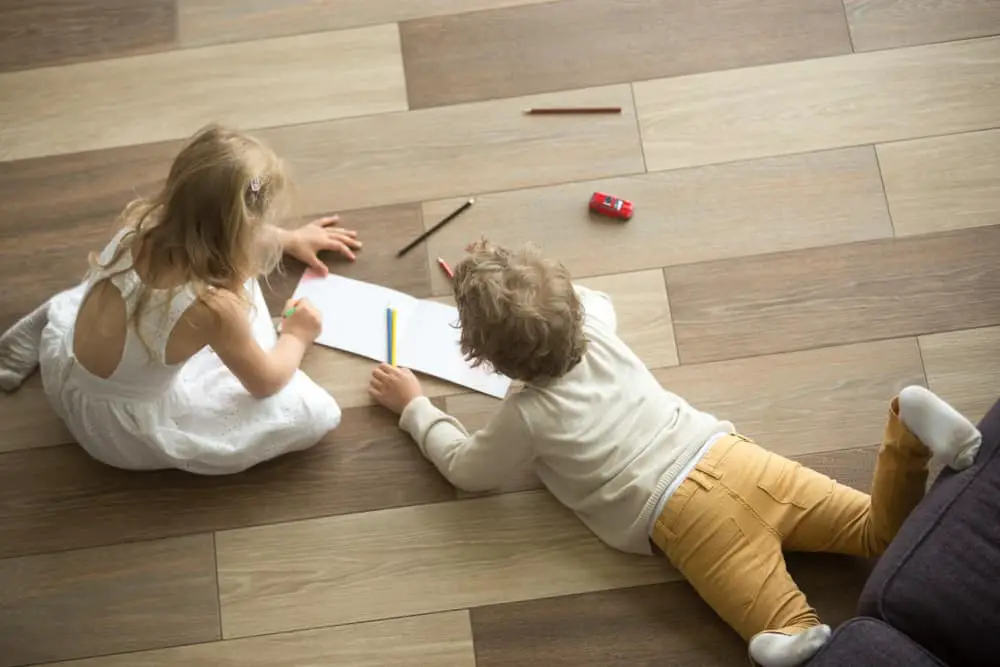
Pros And Cons When Using The Same Flooring In All The Rooms
When you are thinking of installing the same flooring in every room of your house, you need to know all the benefits and all of the drawbacks of using the same flooring throughout the house. We will list all of the pros and cons in the next section.
Pros When The Same Flooring Throughout The House
When you use the same flooring in all the rooms in your home, there are lots of advantages to thinking about. Some of the pros include:
The Space And Aesthetic Factor
One of the best things about using the same flooring throughout the entire house is that it creates the illusion of more space. The uniformity of the floors links the rooms visually, and thus it makes them look wider.
The same flooring in all the rooms is very visually pleasing because the floor is not broken by different types of floors, and it looks seamless and cohesive. It can help carry the same style through the home.
It’s Less Expensive
One of the best advantages to having the same flooring in all the rooms in your home is that it costs much less to order the flooring in bulk. Buying different types of flooring can easily add up when it comes to cost.
Cleaning Is Easier
Having the same flooring in all the rooms makes it easier to clean. Various types of floors have different textures, and many of them need to be cleaned using different products. So it takes more time, and you need to spend more money on the various products.
For example, you can’t use the same cleaning products on tiles that you would use on wooden floors because some wood cleaners have oils or waxes in them that would make tiles sticky or slippery.
It’s Safer
It’s safer to use the same flooring throughout the entire house than to use different floors because not all floors are the same thickness.
You always run the risk of the transition between the rooms will have a plank or tile that is a little higher than the other flooring. It creates the possibility of someone tripping and falling. The different textures can also be harder to get used to.
It Increases The Value Of Your Home
The consistency of using the same floors in all the rooms increases the value of your home when you install the same flooring throughout your home. Many new buyers want their homes to look cozy and inviting, so the same floors will make them easier to furnish for first-time buyers.
Cons When Using The Same Flooring Throughout The House
While there are many advantages to using the same flooring throughout the home, you need to know all the drawbacks to make an informed decision. Some cons include:
It Limits Your Choices
When you use the same type of flooring in your entire house, it limits your choices. Some floors might need a different kind of flooring, and you need to keep that in mind when using the same type of floors.
For example, bedrooms and nurseries need soft flooring that mutes the sound of footsteps at night, while kitchens need flooring that can withstand the heat and humidity. Bathrooms need floors that can handle wetness and constant moisture.
It Can Be Hard To Style
When you use the same flooring in all your rooms, it can make it hard to style. When you want to use various style techniques for different rooms, you may find it hard as the styles may clash, and the floor can look bland.
Repairs May Be Difficult
It might not be easy if you have the same flooring throughout your home and need to replace a tile or plank. If you have a custom floor or flooring planks that are difficult to get out, you might need to replace an entire section. That won’t be easy, and it could become costly.
Conclusion
You can definitely install the same flooring throughout your house if you take the function of each room into account. You should remember that bathrooms and the kitchen need to have flooring that can handle heat, humidity, and moisture.
Bedrooms and nurseries need to have quiet floors so they won’t wake up the people that are sleeping. All these things are crucial when choosing a flooring type.

